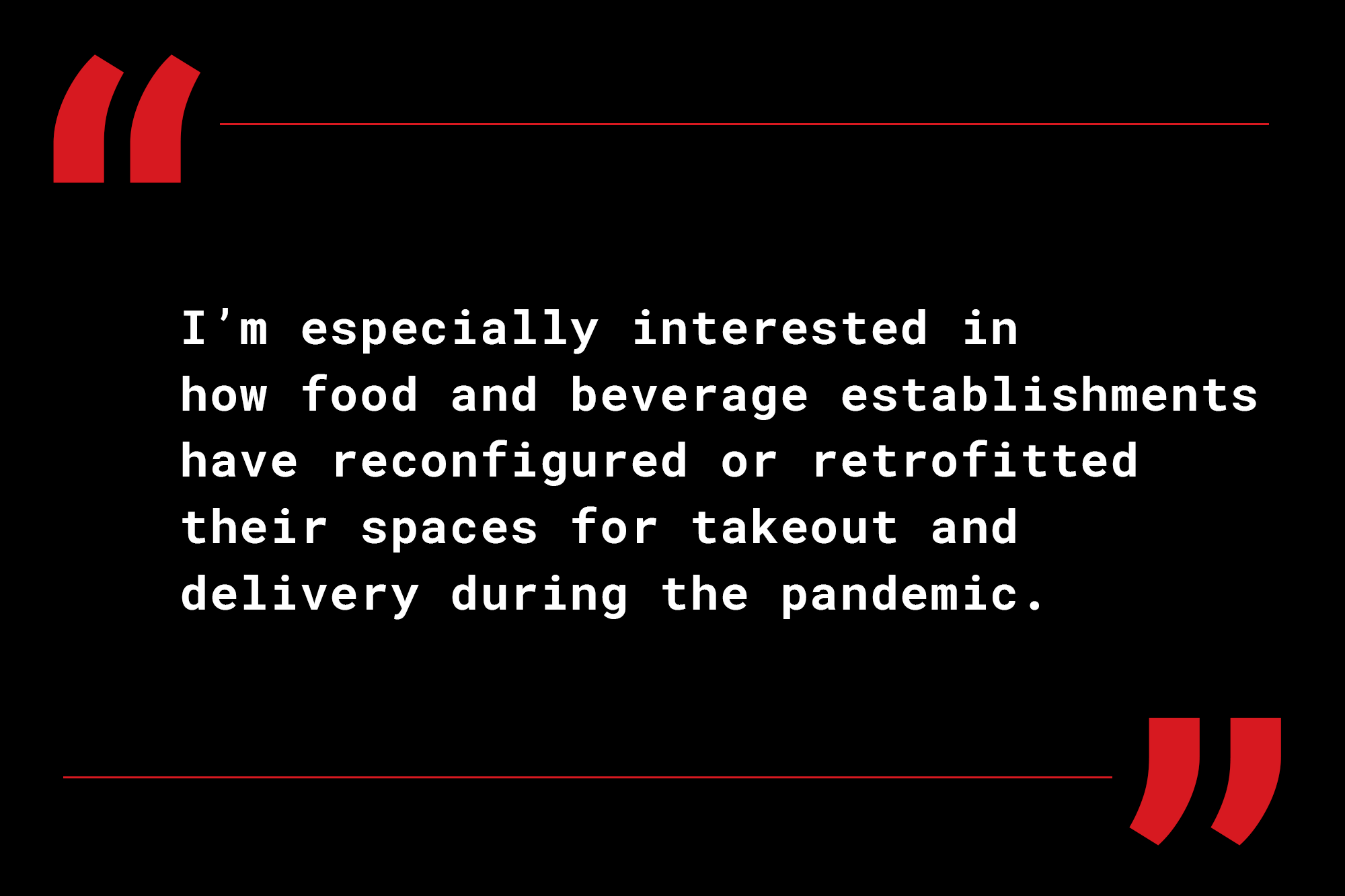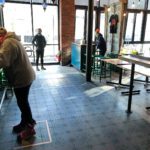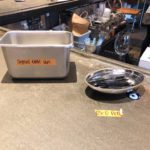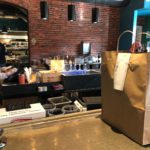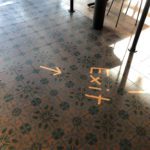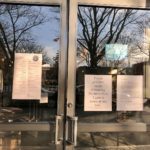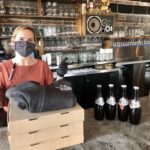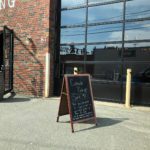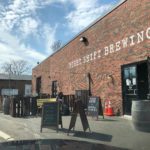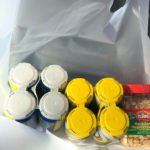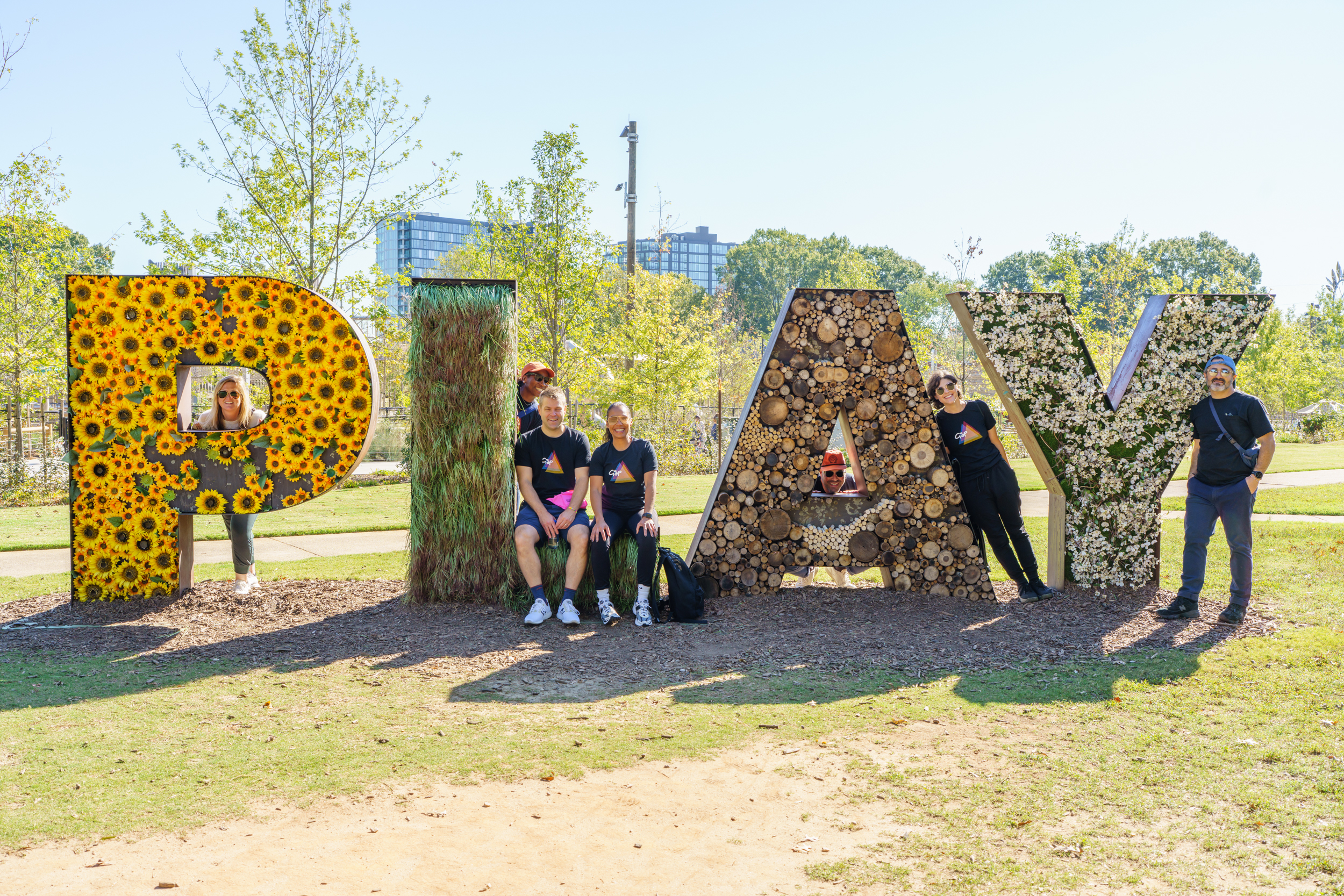Restaurant Retrofits Week 1: The Walk-through
This is the first installment of a weekly column I’m calling “Restaurant Retrofits.” During the initial weeks of the stay-at-home order, my family – like many others – was hunkered down, eating through the contents of our overfull refrigerator. It was a race to finish the perishables, but nevertheless, we prevailed. #smallwins
But now that many of us have moved beyond grocery hoarding, I’ve been venturing out for pickup from some of my favorite restaurants as a way to support these struggling businesses, but also to conduct field research. And while the food is important, I’m especially interested in how food and beverage establishments have reconfigured or retrofitted their spaces for takeout and delivery during the pandemic. Broadly speaking, I’d characterize food pickup under the current conditions as a carefully-choreographed dance. By extension, the space in which that happens is equally critical. Going forward, I imagine there are going to be some lessons learned that will be applied to restaurant and ground floor building design, so it’s interesting to observe with an analytical eye these transformations in real-time, before they become codified and commonplace.
Each week I’ll plan to feature a couple of restaurants, fast casual establishments, bakeries, or breweries that have demonstrated COVID-induced creativity. I’ll try to highlight some insights and observations each week, with the caveat that these are likely to evolve as the sample size increases. If you have a recommendation or notice something particularly interesting, please drop me a line to let me know so I can feature it in this space. (corey@graffito.com)
This week features a couple of my favorite food and beverage establishments including Sarma (Somerville), Sofra (Cambridge), Night Shift Brewing (Everett), and Brewer’s Fork (Charlestown). All were frictionless and positive experiences.
The primary takeaway for this week is what I’ve provisionally called the “Walk-through” – a food pickup protocol done on foot. While we’re all familiar with fast food drive-throughs (and more recently with COVID testing drive-throughs), it’s not really a model that translates well in an urban context. I think many, myself included, foresee increased comfort with and volume of takeout when things resume to semi-normal, but what does that actually mean both for customers and for restaurants?
Focusing on the customer, what’s super-clear is that a new protocol is rapidly and organically emerging, one that sees clearly demarcated spaces for waiting/queuing and for pickup. The bar and door signage feature prominently. At Sarma, there is sufficient interior space to direct customers through an ad hoc blocking of arrows, boxes, and x-marks-the-spot, reminiscent of the stage floor of a dance performance. Sarma may be a bit of an unusual case in that they are able to use a second means of egress as a one-way loop for customers. After progressing from entry to bar (where you pay and pick up the food), you exit out a side door onto the street. No back-tracking required.
At Sofra, the small scale of the establishment pushes pickup to the interstitial space between street and door. Less ideal in inclement weather, the queuing happens on the sidewalk, appropriating space in the public realm (frankly, a welcome sign of life these days!) for those waiting for food. Fine if it’s temporary, but clearly not a sustainable strategy. There is a sandwich board sign out in front explaining the precise “moves” the customer should make: Do this. Then that. Then this. Then that. In both cases, food is ordered ahead of time for pickup during predetermined 15 minute windows to avoid a rush and as an appropriate social distancing measure, not unlike Sweetgreen salad pickups.
Brewer’s Fork, my beloved neighborhood hangout just blocks from my house and that I frequent typically once a week (or more!) during non-COVID times, is a hybrid of the prior two. Signage on the door requests a maximum of two people allowed inside at a time. Once inside, there are high top tables showcasing beer and wine for sale and also boxing the customer into a clearly demarcated area. Like Sarma, Brewer’s Fork makes use of their bar located near the entry and a natural counter for exchange of money and food. Bars are turning out to be super important for restaurants, since they are not equipped with counters the way that a more casual establishment might be. Brewer’s Fork has blocked most of their restaurant interior off, presumably for the safety of their staff and to maintain the cleanliness of their space, but it means going out the same door you came in, an out-and-back route.
Night Shift uses a slightly different model, using curbside pickup rather than a walk-through: essentially, a makeshift drive-through. There were two curb spots – also with sandwich board instructions – detailing a protocol for the driver to follow. A friendly, masked employee made their way out with my order which they were able to place in the passenger seat through the open window. It doesn’t take much to imagine how we might rethink curbside management in the near future to include food pickup and delivery. Valuable curb space is already being actively rethought and reprogrammed to account for ride-share pickup and drop-off (near-term) and driverless cars (less near-term), so this is just another thing to add to the mix, particularly in urban settings. We could also add bike pickup for food takeaway to this list of considerations.
Since it’s the first week, I’m reluctant to draw any sweeping conclusions, but I could see a need in the future for more of a clear separation between takeaway and eating in. An analogy I never thought I would use, but may make sense is an ATM is to a bank as takeout is to a restaurant. Certain fast casual establishments have been aggressive about ordering through an app for pickup (Sweetgreen obviously comes to mind again) with the associated modifications to store layout for pickup shelves and secondary kitchen prep space, but these spatial needs may find their way into restaurants that hadn’t really considered this possibility. It is obviously going to have ramifications on the storefront design, too, something I’ll likely write about later.
That’s all for this week. But one parting thought: In all instances, I still had to sign a receipt for my order. If nothing else, I’m hopeful that this crisis finally cracks the nut of needing to physically hold a pen and sign for an order!
